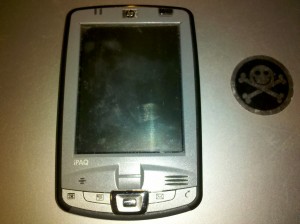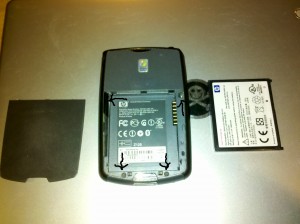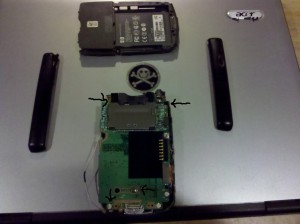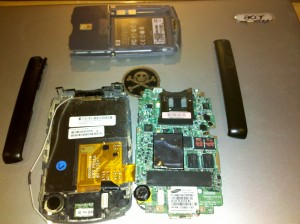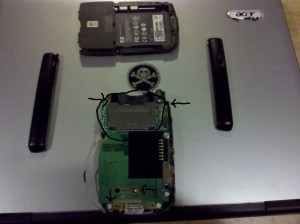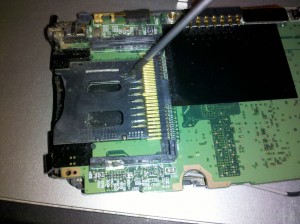I had used Unetbootin to create a USB installer from a Ubuntu ISO image. All went OK in creating and installing the USB image following UNetbootin instructions, so I thought.
The Problem
UNetbootin created menu entries in the bootloader containing invalid arguments.
When booting, it would load the kernel, then kick me to a shell stating
init not found pass init= to kernel
Googling reveals many other users having the same issue.
The Solution
Bootable Linux CDs usually always contain a configuration file for the bootloader. I mounted the ISO image loopback (# mount -o loop image.iso /mnt/mountpoint) and found Ubuntu 10.x is using Grub, which is pretty standard across all Linux distros. Looking at this config file in /boot/grub/loopback.cfg in my instance, I was able to see how Ubuntu was expected to boot.
Here’s what the default menu entry in Ubuntu Netbook image looks like:
menuentry "Try Ubuntu Netbook without installing" {
linux /casper/vmlinuz file=/cdrom/preseed/ubuntu-netbook.seed boot=casper iso-scan/filename=${iso_path} quiet splash --
initrd /casper/initrd.lz
}
Passing kernel=/casper/vmlinuz initrd=/casper/initrd.lz boot=casper to UNetbootin’s bootloader and it booted right up.

